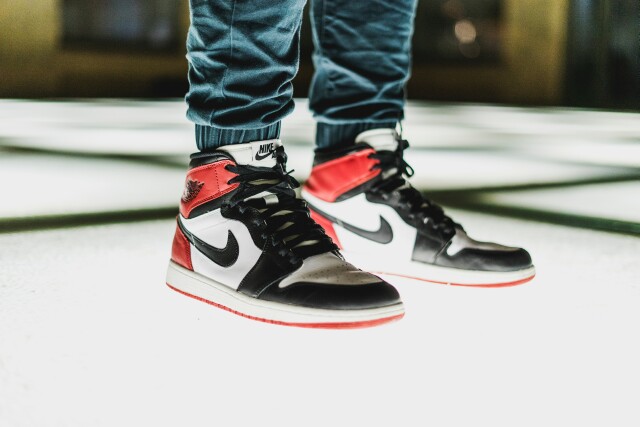Blended Retail: Brick and Mortars Wake Up

“It is an exciting time when it comes to retail,” says Piers Fawkes, Founder and President PSFK. “There is transition taking place and some of that is painful. It will continue to be painful in some places such as department stores. But we are seeing a lot of really exciting ideas and innovations. It’s like retail has woken up.” His company just released the latest results of a trend study which tracks the evolution of retail in all of its forms. Highlights from the study follow below.
No More Digital and Offline Divide
The future looks very different from the retail of the past. This point in time marks the end of the digital and offline divide. For one thing, there are more opportunities for brick and mortar stores as shopper experiences are increasingly blended with retail sales. There is a digital underpinning to store sales because now customers expect coordination between all channels from online and the physical store space.
For retailers, it is more important than ever to build an integrated retail business now referred to as blended retail. It is no longer an offline versus online competition. Offline should work more to its strengths and use online channels to fulfill certain needs. Brick and mortar stores are becoming more of a playground rather than a place to just purchase. In fact, in the near future they won't be the place for the actual purchase transactions.
Higher Consumer Expectations
The consumer mindset is shifting. Consumers want to save time in their shopping excursions and enjoy added value during their visits. They are seeing both channels -- offline and online -- as a way into the store and seek consistencies across each platform and device. Ideally all should work together holistically.
Ron Faris, General Manager of Nike’s s23NYC Digital Studio and SNKRS App, says it is all about “creating a sense of community and vibe that you might get in a festival, but on your phone.” Nike is building emotion digitally among its coveted demographic of Sneakerheads by treating product as content. For example, using AR, Nike buries hints to a stash of highly prized, limited-edition sneakers into their mobile app. Sneakerheads see the shoe on the app and enter a geo-fenced physical area, like a park, where they locate the hidden limited-edition sneakers that they can then purchase in the store. In this way, Nike is shaping sneaker culture by creating a sense of urgency, excitement and scarcity within their most ardent consumer segment.
Advice for Brick and Mortar Stores
Stores should avidly create opportunities for consumer exploration and identity building through the following:
1) Revolving discovery. No more static retail space. Create excitement by changing merchandise frequently to support themes. Support that effort by programming events around the store. An example is the Timberland Concept Store Tree Lab which changes every six weeks.
2) Integrated wellness. Capitalize on continued growth of the wellness market by making spa and fitness part of the retail experience. An example is The Wellery at Saks Fifth Avenue.
3) Educated confidence. Offer hands on workshops and immersive learning activities in the store to build confidence around purchases. An example is Lowe’s Holoroom How To which can show consumers how a new bathroom would look before the project begins. Learn basic home improvement skills before applying them in the real world using VR technology.
4) Valued attention. Serve need and connect to specific consumers based on their interests and proclivities. Transform previously frustrating shopping moments into luxurious experiences that add value to a retail experience. An example is MM.LaFleur which offers a personal shopper experience via a pre-visit survey. The dressing room is set up before the shopper arrives.
Conclusion
While offline retail has remained fairly static over the years, e-commerce has gone through three modern digital cycles according to PSFK.
1.0 is the Follow Model, which uses platforms like Facebook. 2.0 is the Intimate Model like Snapchat. 3.0 is the Tribal Cult Model that fuses the first two trends and adds influencers into it by building energy and emotion and creating social bonfires. The inclusion of brick and mortar into the digital Tribal Cult Model hearkens a brand new age of retail when both offline and online can benefit and thrive.
Photo by Paul Volkmer/Unsplash
Click the social buttons above or below to share this content with your friends and colleagues.
The opinions and points of view expressed in this content are exclusively the views of the author and/or subject(s) and do not necessarily represent the views of MediaVillage.com/MyersBizNet, Inc. management or associated writers.


